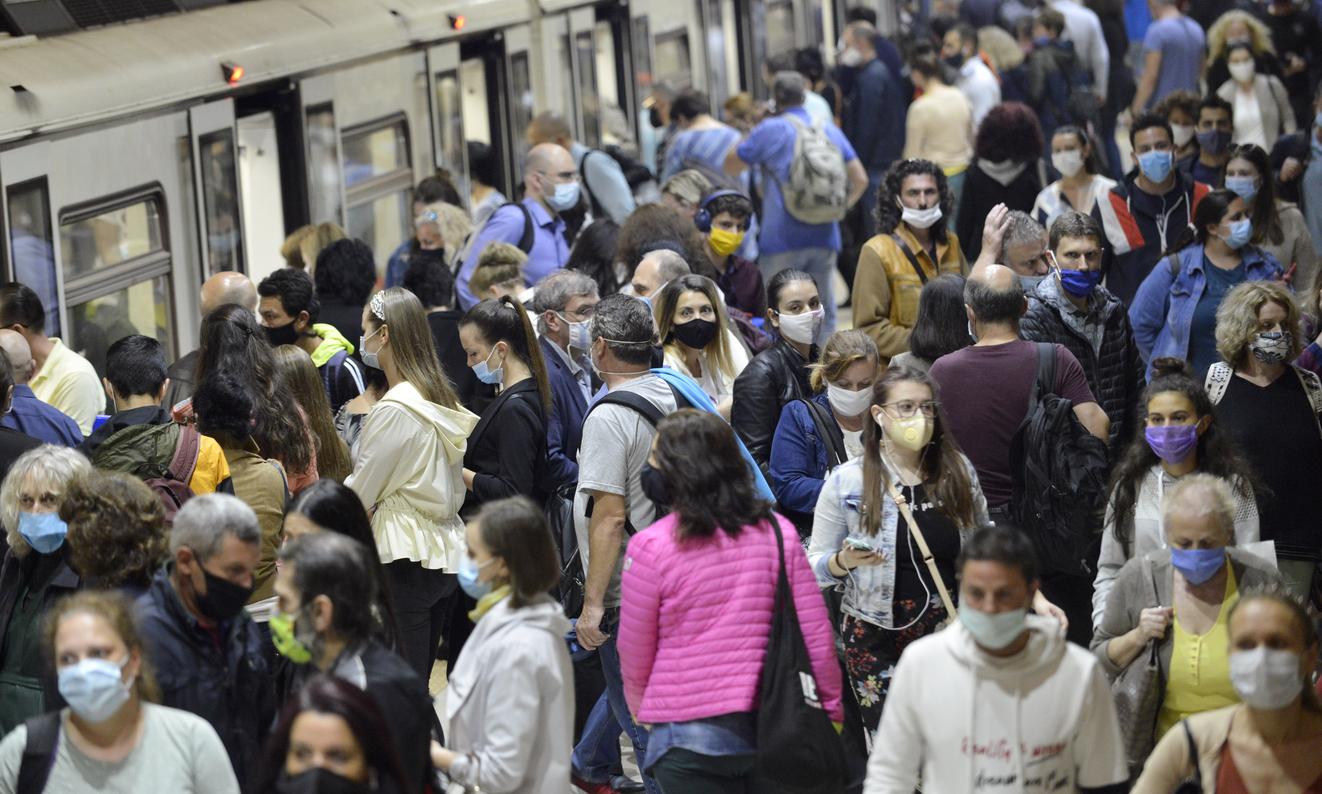According to the final report of the Institute for Public Health Surveillance (InVS) published on May 22, the flu killed 18,300 people this winter, 90% of whom were over 65 years old. “This is the highest excess mortality since the winter of 2006-2007,” said theInVS. He adds that all metropolitan areas have been affected by this epidemic.
In its report, InVS specifies that the epidemic lasted 9 weeks, from January 12 to March 14, and led to 2.9 million French people seeing a doctor for a flu-like condition.
Several factors may explain this particularly high mortality rate. First of all, this year the strains of the virus were quite virulent, and some of them did not enter into the composition of the vaccine, which was therefore less effective. In addition, the vaccination rate was lower this year.
However, this is not the strongest epidemic recorded for 30 years. It ranks 14th in terms of reported cases, even though it has been one of the deadliest epidemics.
The InVS emphasizes that this year, 53% of people at risk (elderly, immunocompromised people, asthmatics, etc.) have not been vaccinated against influenza, a “worrying” figure. “Even if this year the adequacy with the vaccine strains was not optimal, it should still be noted that the majority of the influenza viruses circulating were covered by the vaccine”, specifies the institute, which concludes that “the prevention rests on vaccination, and barrier measures (reduction of contact with patients and improved hygiene) should complement it. “
Faced with this drop in vaccination, the government has announced the establishment of a major information and vaccination campaign for the elderly next fall.
Read also :
Flu: why is the epidemic so strong this year?
Flu: significant excess mortality among seniors
Flu: the deadliest winter for 5 years
















